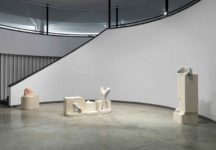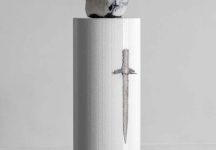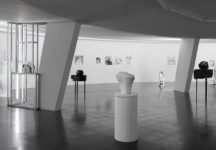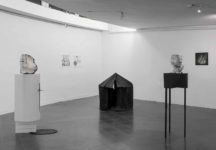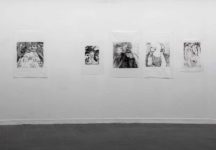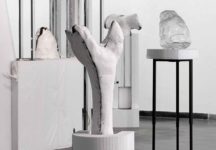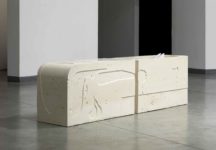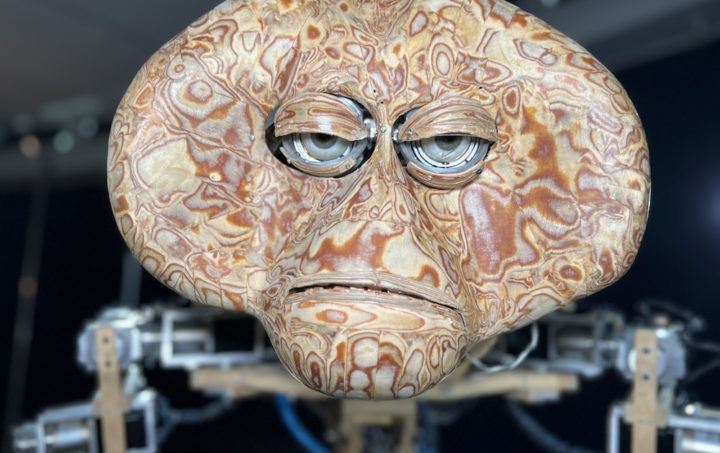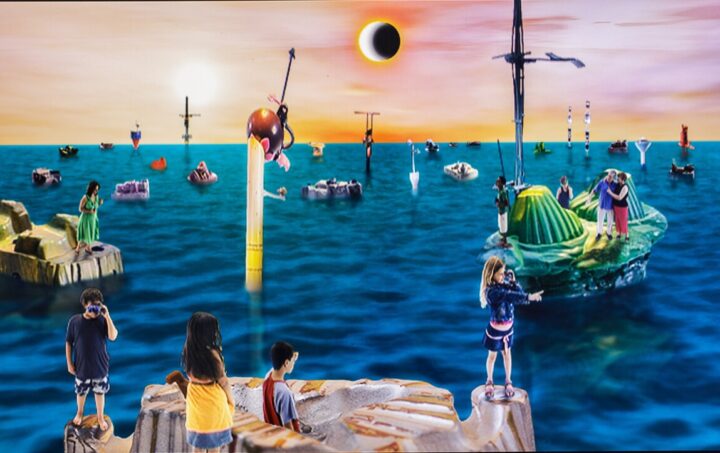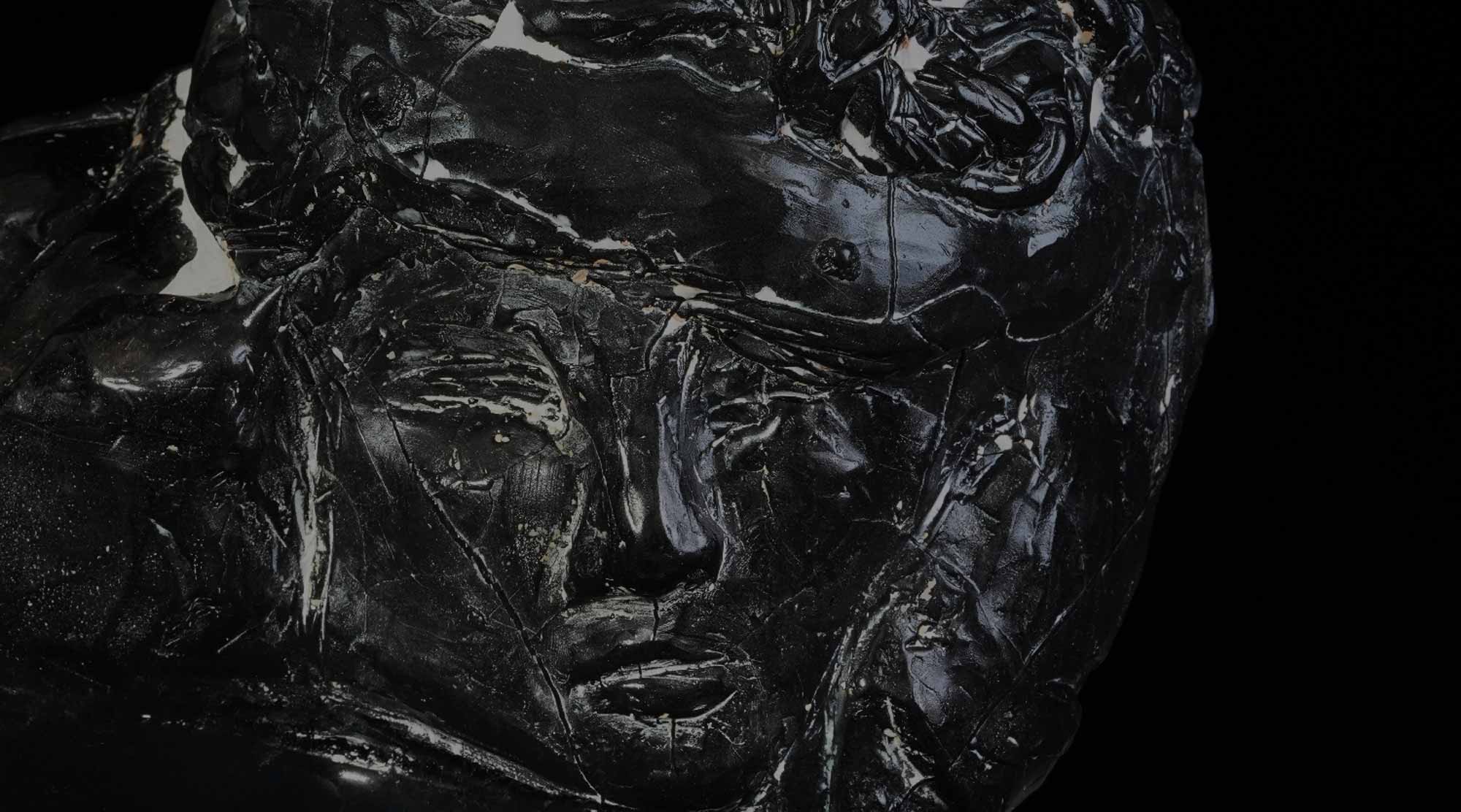
Blunt Liver | Shahar Yahalom
Dates: 22.2.2022-12.6.2022
Curator: Hila Cohen Schneiderman
About the Exhibition
Blunt Liver is Shahar Yahalom’s largest museum solo exhibition to date. One of the prominent artists of the new generation of Israeli art, in this exhibition Yahalom debuts over 50 new sculptures and drawings that explore the historical and conceptual affinity between sculpting and entombing, and the yearning of both the body and the artistic act for eternity.
Yahalom has been exploring the eternal potential of art since the beginning of her career. In Blunt Liver, she looks at the work of the sculptor as a descendant of a long line of undertakers – the first sculptors, who created stone structures around the dead body. The series of plaster sculptures Yahalom exhibits at the museum are tombs of other artists’ sculptures – Yahalom molded their sculpture, returned it to them, and then sealed the mold and turned it into a stand-alone sculpture. The outcome is hollow sculpture tombs that conceal while echoing the artworks entombed in them.
The 50 sculptures and drawings displayed throughout the museum invite the visitor to linger and examine them. Yahalom worked on the exhibition for three years, during which she became a first-time mother. The symbiotic relationship between mother and son echoes in the series of glass heads scattered throughout the museum, as each sculpture contains two separate heads that were compressed together – “you are never alone inside your head.” The show also features a series of monotypes created in a technique that Yahalom developed using only her hands and fingernails where paper is placed on a layer of paint, hiding an image until the work is done and the paper is removed – a technique that walks the fine line between control and randomness.
At the central space, on the museum’s entrance floor, Yahalom displayed concrete sculptures that bring to mind Egyptian sarcophagi. These were cast to later transferred to the sculpture park outside the museum. Inside each sculptor, Yahalom left a space for the shells of the plaster sculptures displayed in the exhibition. Today, these sculptures can be seen in the park that surrounds the museum.
Exhibition Audio Guide (Available only in Hebrew)
Photography: Elad Sarig

